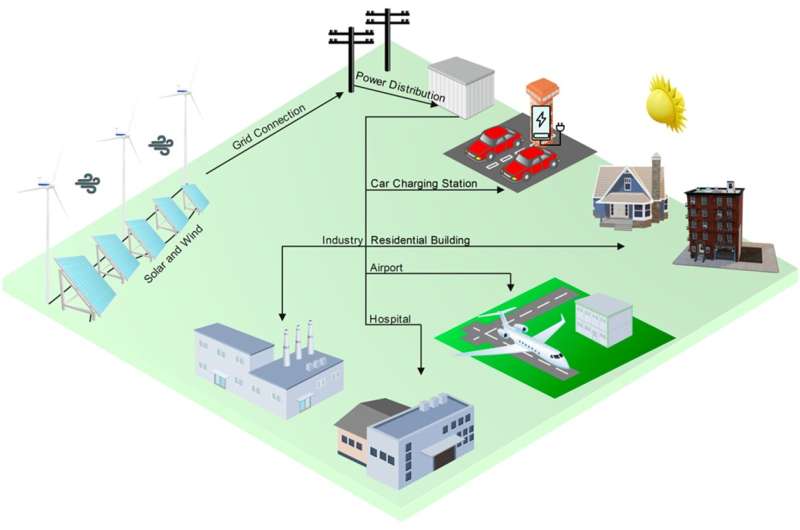
The ongoing transition from fossil fuels to renewable energy sources has never been more important as climate change and sustainability awareness continue to rise.
This transition requires a robust information structure to ensure a smooth shift. Wind and solar power is among the most abundant sources of renewable energy; however, engineers and researchers in this field need an established data pipeline to effectively integrate solar and wind power into their process design.
Abdullah Al-Aboosi is an interdisciplinary doctoral student in the Department of Multidisciplinary Engineering. He is working with Dr. Aldo Jonathan Muñoz Vazquez, a multidisciplinary engineering professor at the Higher Education Center in McAllen, on a neural network that they hope can provide such a pipeline.
The catalyst for this research resulted from a discussion between Munoz Vazquez and Al-Aboosi. The idea evolved into a comprehensive project, drawing on the expertise of various collaborators, including Wei Zhan, Dr. Mahmoud El-Halwagi and Dr. Fadhil Al-Aboosi with RAPID Manufacturing Institute for Process Intensification. The RAPID Manufacturing Institute provided an invaluable open-access source for accurate data that the researchers used to validate their model's predictions.
In terms of the neural network itself, it can be used to provide a precise overview of any renewable system's operation and life cycle assessment by predicting daily and hourly wind speed and solar irradiance. By accurately predicting solar and wind energy availability, technological resources and supplies can be managed more efficiently.
Al-Aboosi hopes this project can better position renewable energy as the primary source of electricity in the industry sector. The project aims to enable researchers and renewable energy installation companies to determine the optimal number of solar panels and wind turbines needed to prevent over or under production. Such a reduction could incentivize potential investors to adopt this technology and push for a future with cleaner air and greener electricity.
This research has been published in the Big Data and Cogitative Computing Journal.
More information: Abdullah F. Al-Aboosi et al, Solar and Wind Data Recognition: Fourier Regression for Robust Recovery, Big Data and Cognitive Computing (2024). DOI: 10.3390/bdcc8030023
Citation: Research suggests using neural networks to harness wind and solar power (2024, May 31) retrieved 31 May 2024 from https://techxplore.com/news/2024-05-neural-networks-harness-solar-power.html
This document is subject to copyright. Apart from any fair dealing for the purpose of private study or research, no part may be reproduced without the written permission. The content is provided for information purposes only.
